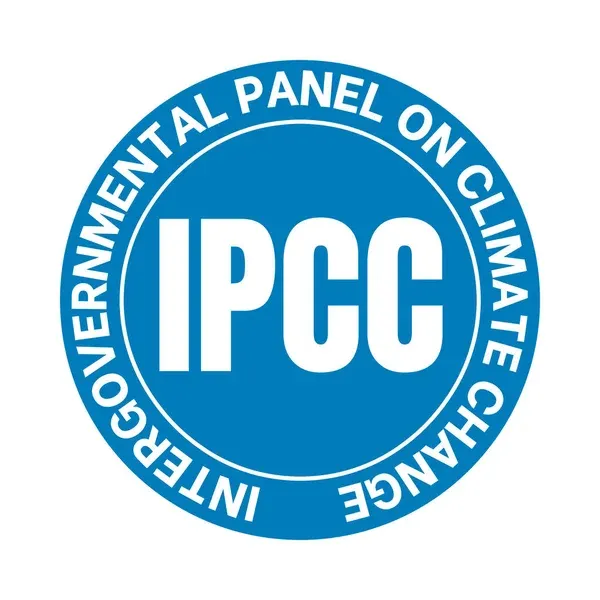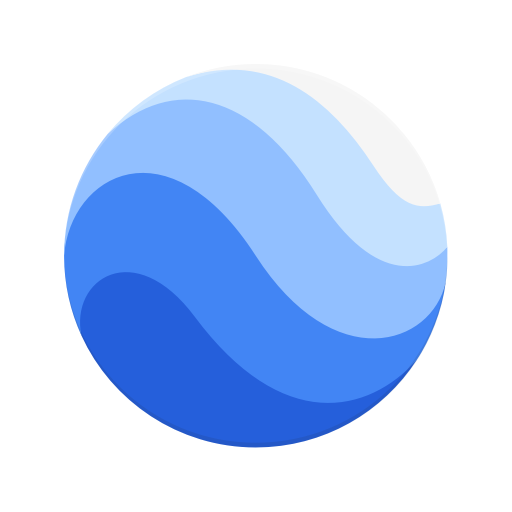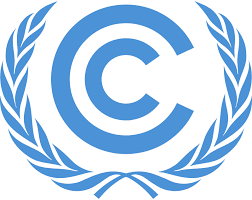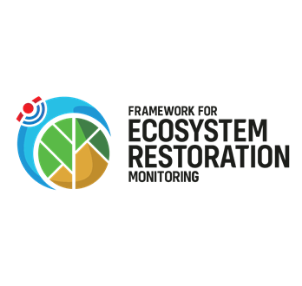

Framework for Ecosystem Restoration Monitoring (FERM)
Interactive web map of the geospatial data in your area of interest.
The FERM Platform is an interactive web map and data portal that provides access to geospatial data for restoration monitoring and allows users to view it on the map. The datasets in the portal are organized into four themes: biophysical, socio-economic, practices (point maps listing different types of restoration intervention), and boundaries and basemaps. The platform also includes three informational categories: indicators (listing and explaining different indicators of restoration progress), initiatives (listing and linking other relevant initiatives towards monitoring restoration), and tools (listing tools relevant for monitoring restoration). Users can also upload their own geospatial data to view on the map.
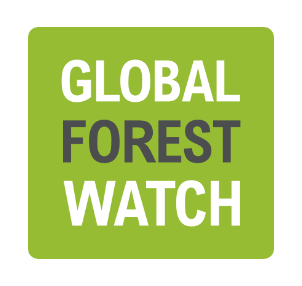
Global Forest Watch (GFW)
Downloaded geospatial datasets; summary statistics for an area of interest.
Global Forest Watch (GFW) is an online platform that provides access to restoration-relevant geospatial datasets. Users can browse the GFW Map (or data catalog) that contains datasets on five themes: forest change, land cover, land use, climate, and biodiversity. Users can visualize this data on the interactive map and overlay multiple data layers, view metadata, and download datasets. GFW also includes the Dashboard, where users can select a country or subnational area and view pre-calculated statistics, interactive charts, and maps about that area of interest’s land cover, forest change, land use, fires, and climate.
Google Earth/Google Earth Pro
A boundary polygon in the form of a KML.
Google Earth and Google Earth Pro are both free applications that allow users to view global medium- to high-resolution satellite imagery. They have built-in tools that can be used to draw polygons by tracing that imagery. The polygons can be saved and exported in KML format. Google Earth is a web-based application, while Google Earth Pro is desktop-based (requires download of a desktop application) and allows users to view historical satellite imagery.

Land Degradation Surveillance Framework (LDSF)
Metrics of land cover, land use, soil health, and land degradation; modeled maps of fractional vegetation cover, soil organic carbon, soil erosion and soil pH; technical training and capacity building to apply the methodology.
The Land Degradation Surveillance Framework (LDSF) is a comprehensive methodology for monitoring, assessing, and reporting the soil and ecosystem health of a landscape. It provides a framework of standard indicators for establishing a biophysical baseline that can be used for monitoring changes over time. Users receive field-level guidance on collecting data for each indicator. Once data are collected, they can be uploaded to a centralized LDSF database where they are quality-checked, analyzed, and used to create maps of ecosystem health. The data can be viewed and reported as part of an interactive dashboard at: https://landscapeportal.org/ and https://dashboards.icraf.org/. Users must access LDSF in collaboration with ICRAF and ICRAF works to build capacity for new users to complete the data collection and analysis.

LandScale Assessment and Reporting Platform
A landscape profile, validated assessment results and, optionally, a narrative report published on the LandScale platform
LandScale is a comprehensive landscape assessment framework service that works with users to create a monitoring system. The LandScale team guides users through the following steps: (1) establishing and coordinating the assessment team, (2) defining the landscape boundary, (3) selecting indicators and metrics, (4) identifying and evaluating data, and generating results, and (5) producing a report that can be published on LandScale’s online platform. The assessment framework is designed to be flexible, and the indicators monitored can be tailored to the user’s priorities. Validation by local stakeholders and the LandScale team provides confidence in the results and unlocks the option to showcase the assessment to key stakeholders on the LandScale platform. LandScale is a service which requires registration and a paid subscription. To work with LandScale, contact them at their website.

Mangrove Carbon Estimator and Monitoring Guide
Digitized map of the project area; estimates of mangrove biomass and soil organic carbon stock; photo point map; forest cover change alerts from Global Forest Watch (GFW); plan for monitoring & reporting mangrove restoration
The tool is a PDF guidebook that outlines the criteria and methods for mapping a mangrove restoration project area, measuring mangrove carbon stocks, and monitoring mangroves within the project area. It contains step-by-step instructions for the technical methodologies it recommends.

MapBuilder
Customized, interactive map that displays ready-to-use or user-uploaded monitoring data.
MapBuilder is an easy-to-use tool that allows users to create customized, interactive online maps and dashboards on land cover change. Users can combine their own data with ready-to-use data on forest change, land cover, land use, climate, and biodiversity from Global Forest Watch, Resource Watch, and ArcGIS Online. MapBuilder also contains built-in tools for data analysis. The resulting MapBuilder map can be set up as a standalone website, incorporated into an external website, or shared using integrated social media tools.

